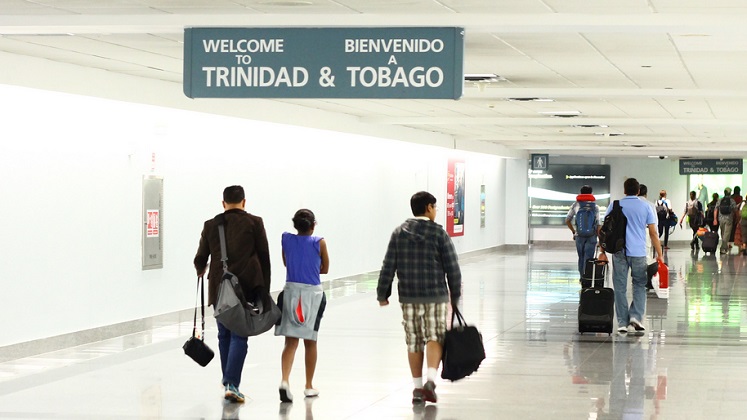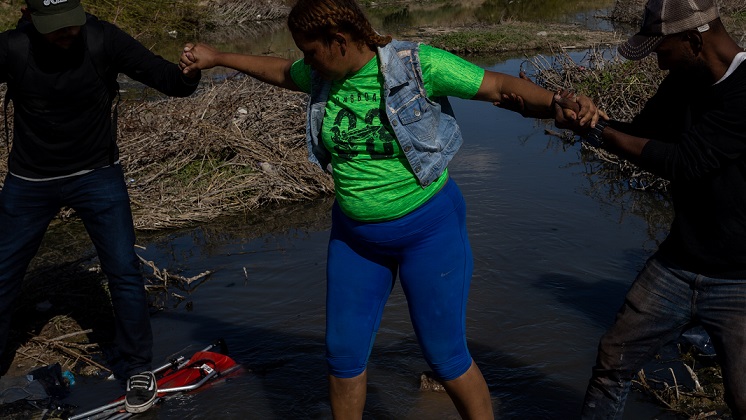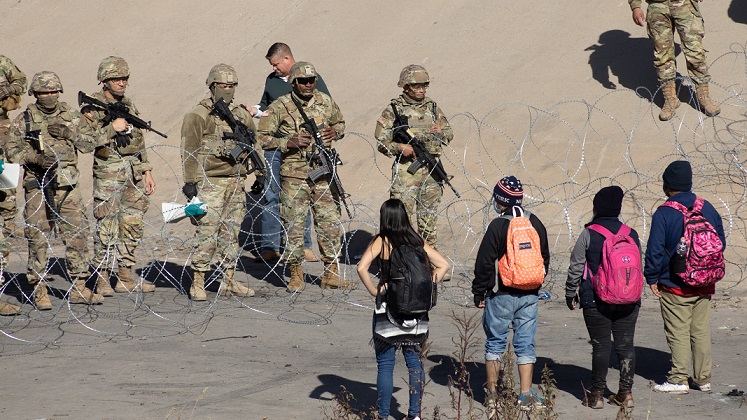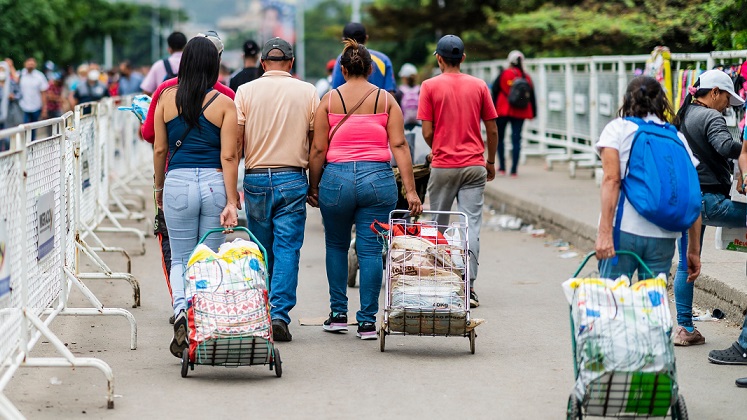If you could see me when I am at my house, my country, you would see that I am human. If you could see me after a shower, a good meal… I am a human back home; here I am… less.
Rulo, a Central American migrant in Mexico.
In her book “Walking Together: Central American and Transit Migration Through Mexico,” Alejandra Díaz de León presents a compelling study of Central American migrants’ experiences as they navigate their way through Mexico, aiming to reach the United States. From the outset, Díaz de León challenges the predominant dichotomy that categorizes migrants as either deserving or undeserving, good or bad, leading readers to constantly recognise their inherent shared humanity throughout the book’s narrative. This significant contribution stems from Díaz de León’s doctoral research, involving interviews with hundreds of Central American men and women along their journey from Tenosique to Tijuana. Díaz de León’s research interest lies in identifying, through these interviews, why people facing danger and uncertainty while in transit decide to trust strangers and how these strangers form bonds and build cooperative networks among themselves.
Over the last two decades, Mexico openly aligned its migratory policies with the United States, evident through initiatives like Plan Sur and Programa Frontera Sur, designed to regulate and restrict Central American migrants’ flow. As a result, migration control measures grew stricter, adopting a securitised approach to human mobility. Predictably, these measures had adverse effects, making the journey significantly more perilous for migrants. The implementation of hardened controls forced migrants onto novel, unfamiliar routes, exposing them to heightened violence and exploitation. This intricate web of routes, strict controls, and obstacles encountered by migrants across diverse Mexican territory is often referred to as the Vertical Border.
The stricter measures implemented within Mexico have also led to a slower pace of migration through the country. Consequently, migrants now face a lengthier and riskier journey. However, Díaz de León observes that in the face of these extreme policies, migrants exhibit resilience and adaptability, forming new types of solidarity as a means of resistance. Díaz de León highlights the evolving nature of migration practices, which previously relied on networks abroad but now entail significant collaboration among individual migrants. As noted by previously by other scholars, this shift has given rise to fresh forms of strategic cooperation with the potential to transform into organized resistance, allowing migrants to actively demand respect for their human rights. A good example of this transformation is the formation of migrant caravans in 2018, where Central Americans crossed the Mexican territory in large and coordinated groups.
Despite the implementation of stricter measures, it is difficult to think that there will be a decrease in Central American migration through Mexico to the United States in the foreseeable future. Díaz de León identifies five distinct causes behind this phenomenon, all stemming from the rampant violence experienced in the region. These causes include economic inequality worsened by the collapse of the agro-export economic model since the 1980s, gang violence that targets the recruitment of young men into maras, gender-based violence mainly resulting from alarming levels of domestic abuse against women, state violence driven by a zero-tolerance approach towards the maras, and notably, the climate crisis. Remarkably, the author recognises the climate crisis as an act of violence from the Global North towards the most marginalised in society, as these countries continuously refuse to take effective action to reduce emissions and transition to greener economies. This fifth cause holds significant importance, particularly considering Central America’s vulnerability to extreme climate events. Despite this, migrants interviewed by Díaz de León did not recognise climate events as the primary reason for their decision to migrate, often failing to differentiate between the consequences of floods or hurricanes and those of striking poverty.
Bonds and solidarity among migrants
Building upon the factors previously identified as causes for Central American people to emigrate, Díaz de León’s research focuses on understanding how individuals in dire situations overcome their natural mistrust and form bonds of cooperation with total strangers. She introduces the concept of a “transient community” of migrants comprising all migrants in transit. This community provides a shared identity and a support network that compensates for the limitations of kinship ties, enabling migrants to engage in small camaraderie and extend solidarity beyond their immediate social groups.
Through her observations, Díaz de León challenges the assumption that families are the best-equipped units to navigate crises. Instead, she highlights the significance of weak ties and information exchange within the migrant community. She explores the “Road Families” concept – groups of migrants who quickly form strong bonds to make their journey more bearable. These road families offer emotional support and pool resources, fostering a sense of personhood and resilience among migrants. As Díaz de León presents migrants’ stories, the reader witnesses a migratory journey filled with tales of violence and injustice but also moments of joy, happiness, and compassion. As the author notes, emotional support becomes just as crucial as access to food, and these road families provide much-needed support, even if it means overcoming the inherent mistrust of forging temporary bonds with strangers.
Díaz de León’s research highlights the transformative power of building connections within the transient community. These bonds not only provide practical assistance but also contribute to the formation of personal identities and a sense of belonging. The migrants’ ability to establish cooperation networks and foster solidarity with fellow travellers illustrates their resilience and adaptability in challenging circumstances.
In a time where political discourses frequently oversimplify dilemmas surrounding human mobility, reducing them to catchy slogans like “Stop the Boats” or “Build the Wall,” Díaz de León’s book serves as a poignant reminder that these discussions involve real people with intricate stories, families, and dreams. Merely relying on stricter measures and enforcement will not effectively address migration challenges, particularly in regions already burdened by persistent violence and inequality. Moreover, with the looming spectre of climate change exacerbating the factors that force people to leave their countries. Díaz de León’s work emphasises the transformative potential of solidarity, makes evident the need for decision-makers and policymakers to approach migration issues with urgency and compassion. It calls for an inclusive and humane response that goes beyond simplistic mantras and considers the complex realities faced by individuals seeking a better life.
Notes:
• The views expressed here are of the author rather than the Centre or the LSE
• This is a book review for Walking Together Central Americans and Transit Migration Through Mexico, published by Alejandra Díaz de León by the University of Arizona Press.
• Please read our Comments Policy before commenting
• Banner: Migrants courageously crossing the Rio Grande, David Peinado Romero (Shutterstock)





